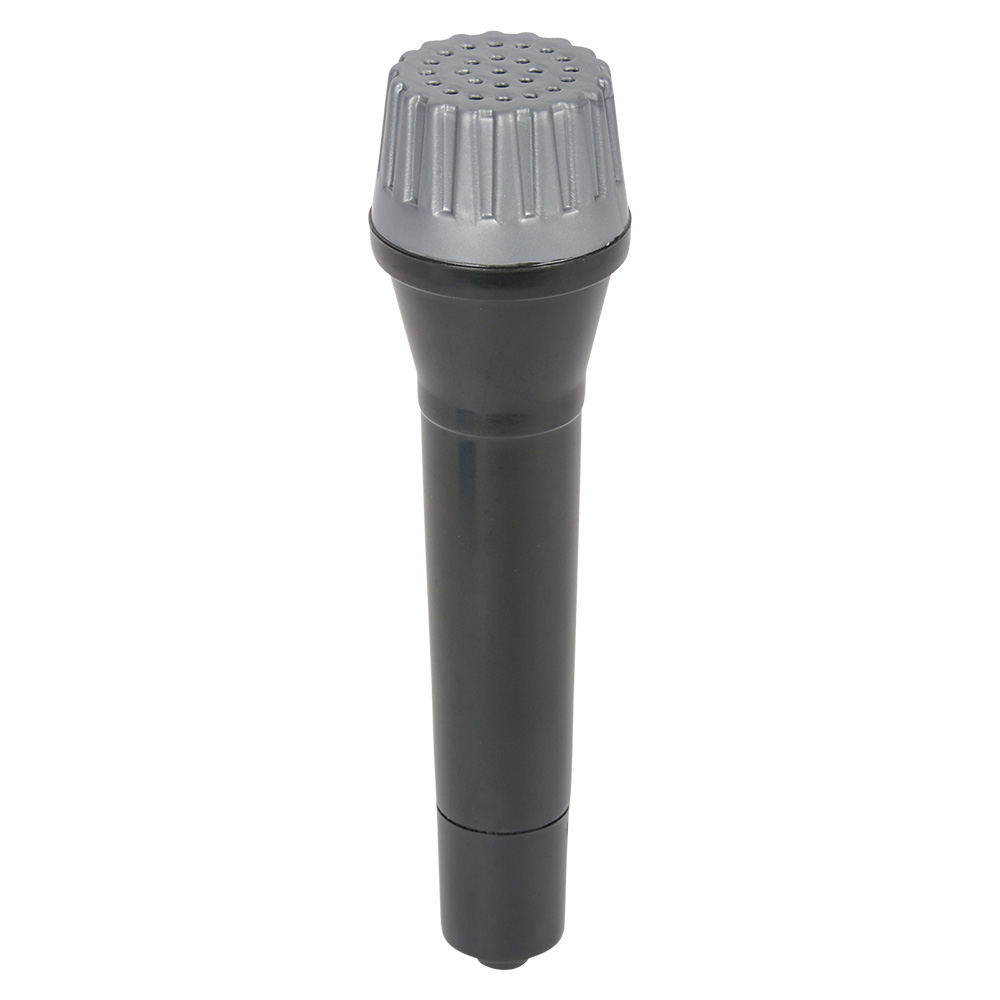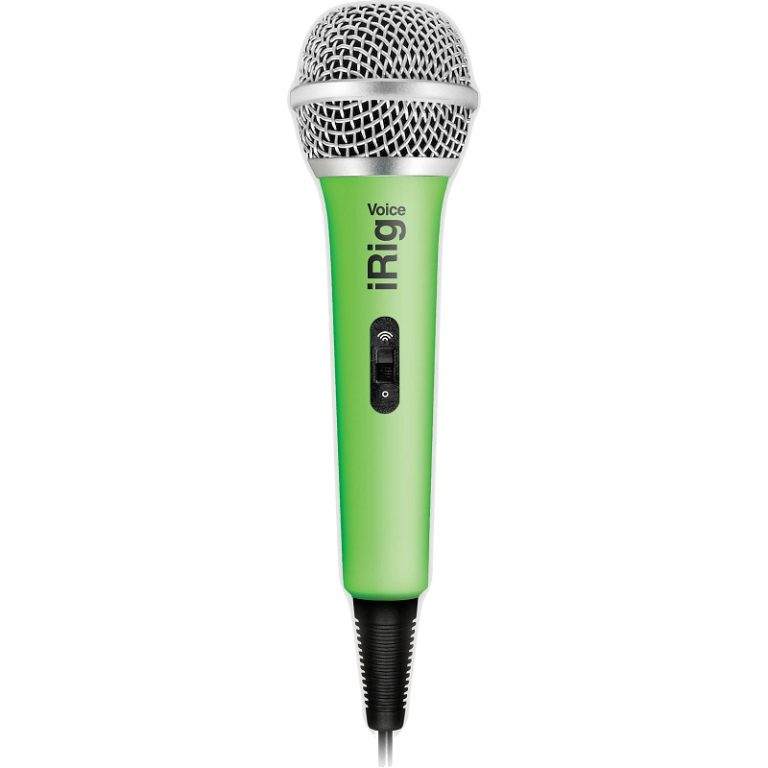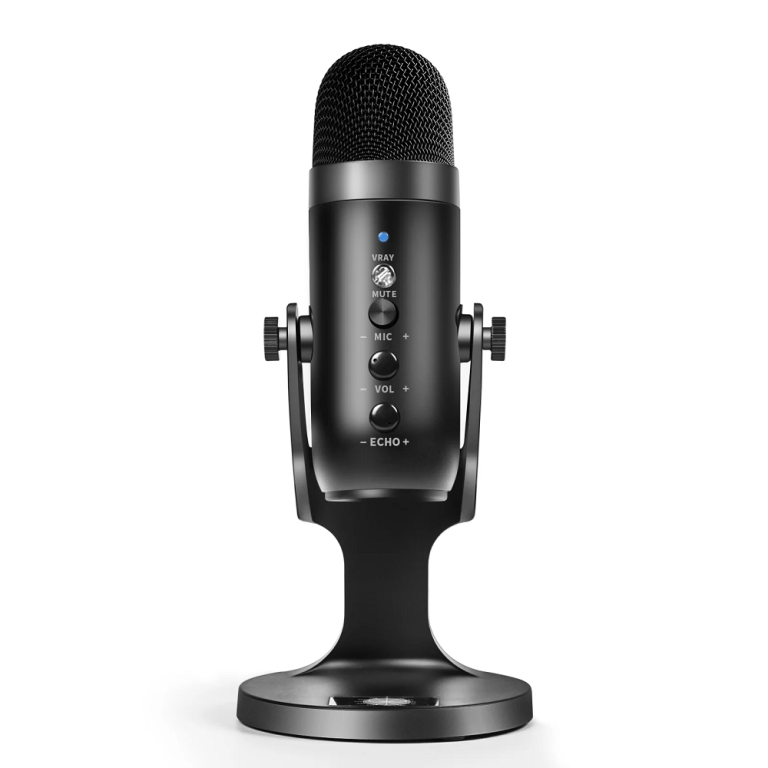Toy microphones are more than just play items; they’re tools that can significantly boost a child’s confidence and creativity. When children hold these microphones, they find themselves at the center of attention, ready to express themselves in new and exciting ways. Let’s explore the impacts of toy microphone on young minds and how they foster both personal growth and imaginative expression.
Encouraging Public Speaking Skills
Building Comfort in the Spotlight
Using a toy microphone allows children to practice public speaking in a non-threatening environment. As they talk or sing into the microphone, they become accustomed to the sound of their own voice projecting outward, paving the way for comfort with speaking publicly and overcoming stage fright.
Enhancing Articulation and Clarity
Regular play with toy microphones encourages children to speak clearly and articulate their words. These skills are essential for effective communication, and the playful nature of the toy microphone makes learning them fun and engaging.
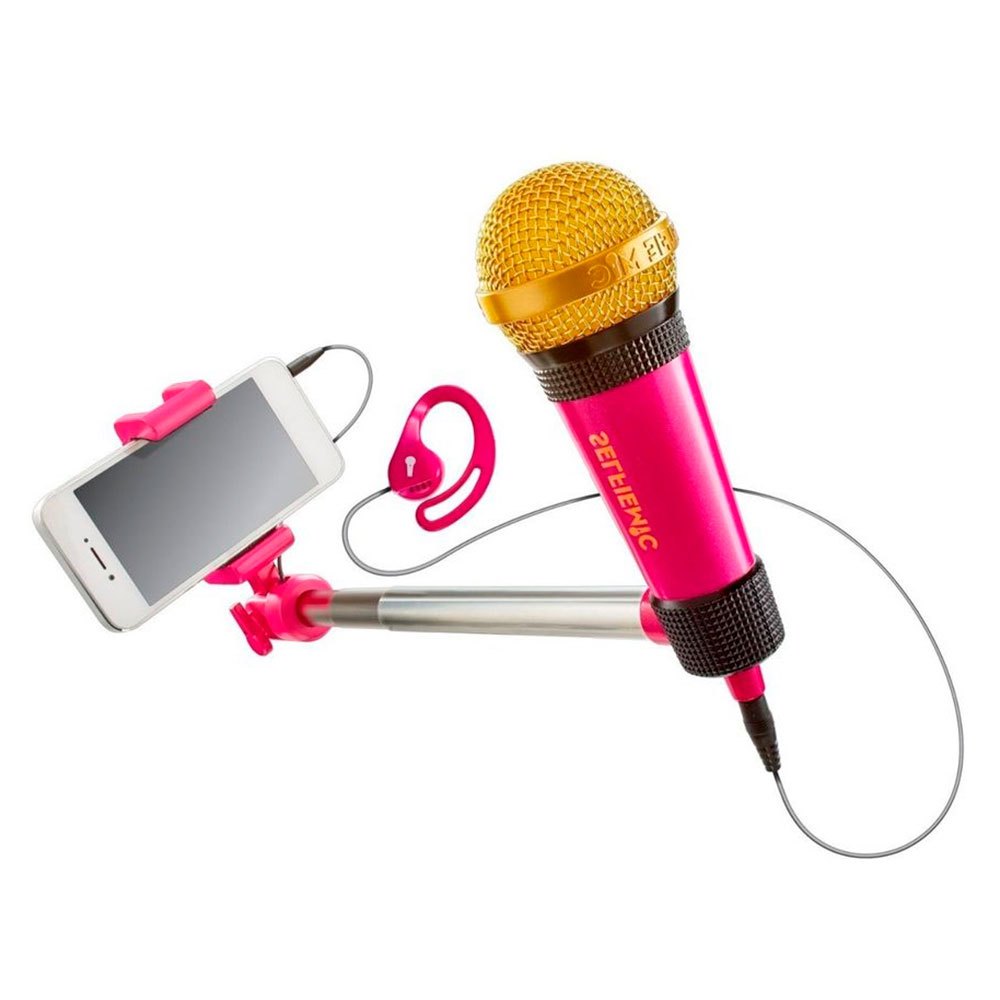
Fostering Musical Interest and Talent
Discovering Musical Abilities
Toy microphones often come with built-in music or connectivity options for playing songs, which can spark a child’s interest in music. As they sing along to their favorite tunes, they may discover a passion for singing or even a particular talent for it.
Experimenting with Sound and Rhythm
Children are naturally curious about sound and rhythm, and toy microphones can serve as a fun tool to experiment with these elements. Changing their voice’s pitch, volume, and pace helps children understand musical concepts, fostering their overall creative development.
Supporting Emotional Expression
Providing a Creative Outlet
Toy microphones give children a medium to express their emotions creatively. Whether it’s singing a joyful tune or narrating a story, children use these toys to convey their feelings, thus learning to articulate and manage their emotions in a healthy way.
Engaging in Play and Storytelling
Children can use toy microphones to act out stories, create characters, and dive into the world of make-believe. This kind of imaginative play is crucial for emotional development and can be a significant confidence-building activity.
Cultivating Social Interaction and Cooperation
Sharing the Stage
Toy microphones often lead to shared activities among children, teaching them to take turns and listen to one another. Whether it’s performing a duet or announcing a friend’s puppet show, these microphones encourage cooperative social interactions.
Learning Audience Etiquette
As children perform for their peers and family, they learn crucial aspects of being both a performer and an audience member. Understanding the dynamics of social interaction through play is an invaluable skill, contributing to a child’s ability to navigate various social settings in the future.
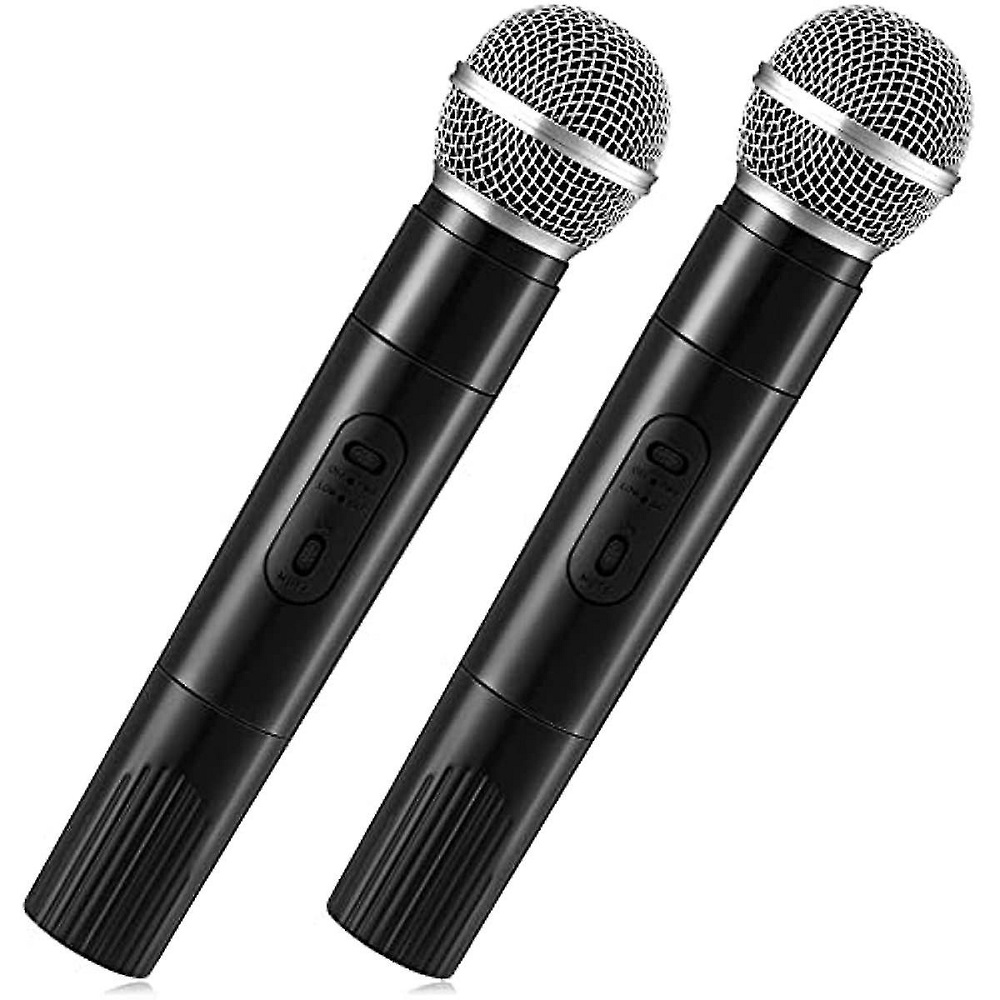
Promoting Language Development and Vocabulary Growth
Enhancing Linguistic Skills
The act of speaking or singing through a toy microphone exposes children to new vocabulary and sentence structures, particularly when they emulate songs or stories. This exposure is a playful and effective method for language development.
Practicing New Languages
For bilingual homes or those learning a new language, toy microphones provide a fun way to practice pronunciation and fluency. Children can sing songs or repeat phrases in the target language, reinforcing their linguistic skills through joyful repetition.
Contributing to Technological Familiarity and Comfort
Introducing Basic Tech Principles
Toy microphones often come with features like recording, playback, or even voice modulation. Familiarity with these functions helps children understand basic technological principles and develops their comfort with using modern devices.
Encouraging Digital Creativity
In some cases, toy microphones can connect to apps or digital recording software, providing a platform for children to dabble in digital content creation. This experience is valuable as it prepares children for a world where digital literacy is intertwined with personal and professional life.
Nurturing Performance and Presentation Skills
Boosting Self-Presentation Confidence
Toy microphones actively engage children in performance, which is a fun way to develop their presentation skills. As they introduce their acts or narrate stories, they gain confidence in their ability to present themselves and their ideas coherently in front of an audience.
Perfecting Performance Technique
Through repeated use of toy microphones, children naturally refine their performance techniques. They become aware of their body language, voice modulation, and overall stage presence, practicing how to captivate an audience effectively.
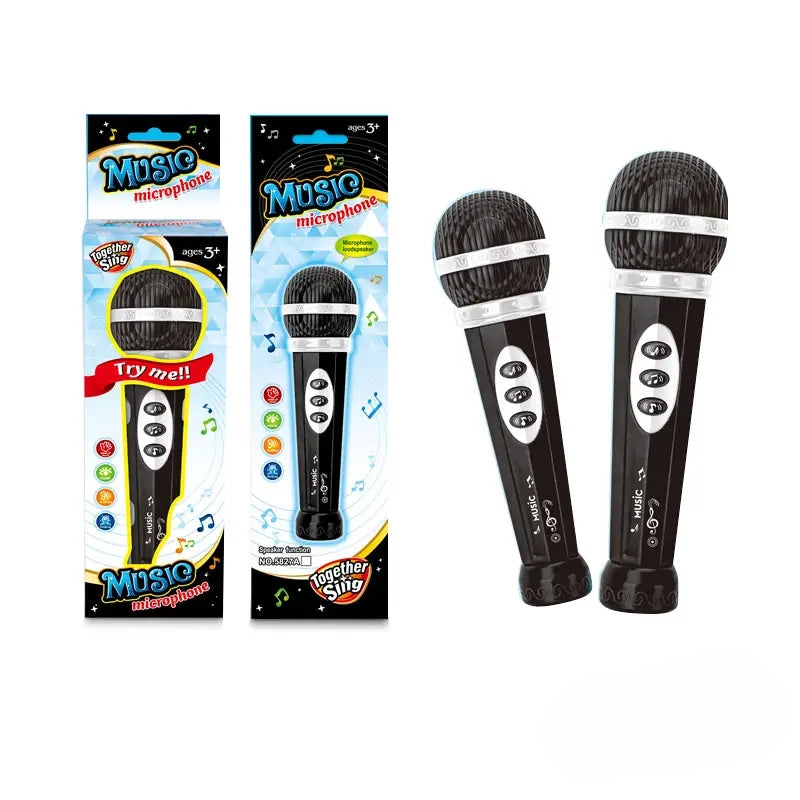
Stretching Imagination and Creative Thinking
Inspiring Diverse Role-Playing Scenarios
With a toy microphone in hand, children can become anyone from a pop star to a news anchor, stretching their imagination far and wide. This kind of role-playing fosters creative thinking and problem-solving as they invent scenarios and resolve fictional challenges.
Expressing Individuality Through Creativity
Toy microphones provide a platform for children to express their individuality. Every song or story they perform is a reflection of their unique personality and perspectives, encouraging them to embrace and celebrate their differences through creative expression.
Advancing Cognitive Development
Improving Memory and Concentration Skills
Remembering lyrics, stories, or sequences of a performance can enhance a child’s memory and concentration. Toy microphones motivate children to focus and remember, which translates to better cognitive skills in other learning areas.
Encouraging Structured Thinking
As children organize their performances, they learn to structure their thoughts and narratives logically. This kind of organized thinking is a crucial cognitive skill that will help them perform better academically and in future professional contexts.
Boosting Technology and Media Literacy
Developing an Understanding of Media Production
Toy microphones with recording features can provide early experiences in media production. Young users learn the basics of creating, editing, and sharing audio content, giving them a head start in understanding media in the digital age.
Interacting with buttons, sliders, or touch screens on toy microphones encourages the development of fine motor skills and digital navigation abilities. Early exposure to such interfaces promotes technological proficiency and ease in interacting with various digital platforms.
Supporting Personal Development and Growth
Encouraging Perseverance and Resilience
As children learn to operate their toy microphone and perform, they encounter challenges that require perseverance. Whether it’s mastering a difficult song or overcoming shyness, toy microphones teach children resilience through practice and determination.
Growing Through Feedback and Encouragement
Toy microphones set a stage for children to receive constructive feedback from peers and family members. Learning to accept and learn from feedback fosters personal growth and encourages continuous improvement in their creative endeavors.
Cementing Lifelong Learning and Enjoyment
Sparking a Lifelong Passion for Learning
The playful experiences and developmental benefits that children gain from using toy microphones often lead to a deeper, lifelong passion for learning. Through the joy of music and performance, children are inclined to continue seeking knowledge and skills actively, viewing the process of learning as enjoyable and rewarding. The early positive reinforcement they get from engaging with toy microphones can instill an enduring love for acquiring new talents and embracing creative pursuits throughout their lives. Whether they gravitate towards artistic domains or any other fields of interest in the future, the foundational confidence and creativity nurtured by toy microphone play will serve as a bedrock for their ongoing personal and academic growth.
The influence of toy microphones on child development is multifaceted. Benefits include improved public speaking skills. They also aid in musical development. Toy microphones foster emotional expression. They encourage social cooperation among children. These toys integrate technology. They provide a conduit for linguistic advancement. They also promote technological comfort. Toy microphones are a smart investment in a child’s formative years. Children learn to articulate their thoughts with these toys. They learn to share their voices. They build confidence and creativity. These attributes serve them throughout their lives. Toy microphones can be used in spontaneous karaoke sessions. They can also be used in planned performances. The joy of using toy microphones is evident. The developmental perks are clear. Toy microphones are more than just toys. They are tools for growth and self-expression.
